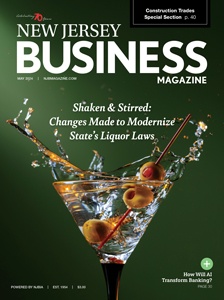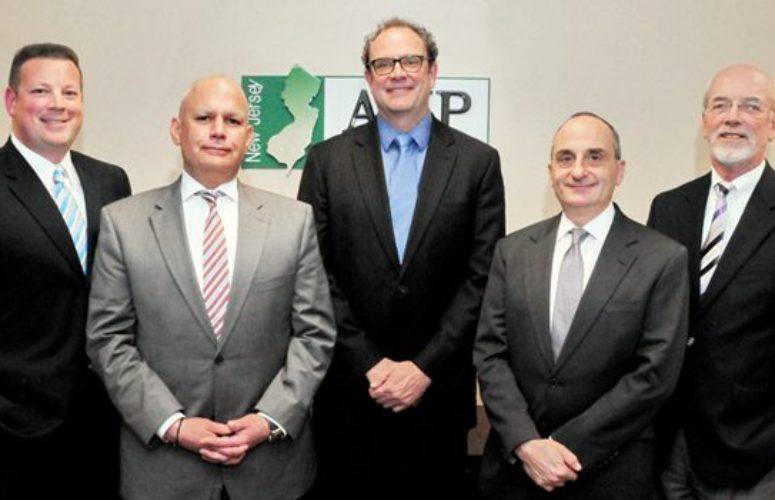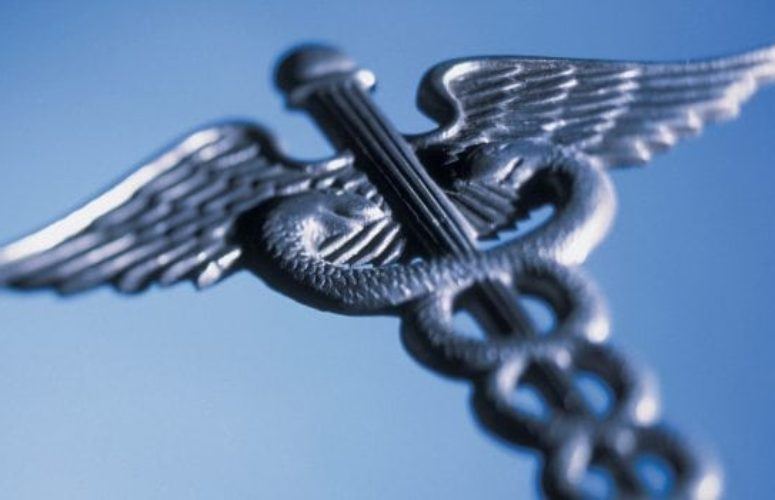
2016 Economic Forecast – Healthcare Costs
On Dec 31, 2015By Sarah M. Adelman, Vice President, New Jersey Association of Health Plans
Since the passage of the Affordable Care Act (ACA), each year has brought changes to the health insurance marketplace in New Jersey and across the country. We were expecting 2016 to be a disruptive year for some employers because of a provision in the ACA that would have expanded New Jersey’s small group health insurance market (currently 1-50 FTEs) to include large groups with 51-100 FTEs. This would have resulted in cancelled plans and new benefit requirements for affected employers. However, in a rare bipartisan move, Congress and the president rescinded this ACA requirement in the fall.
With this major shift off the table, employers can expect trend-level premium increases in 2016 as a result of the underlying growth in healthcare costs. Hospital costs remain the largest portion of underlying medical spend, while prescription drug costs are growing at the highest rate. More than half-a-million Americans now take at least $50,000 worth of prescription drugs each year. Meanwhile, specialty drugs comprise one percent of prescriptions written, but 32 percent of total drug spending. These pricing pressures are unsustainable and continue to drive up health insurance premiums every year.
As we consider the impact of these major cost-drivers, employers should be mindful that beginning in 2018, the “Cadillac Tax” will impose a 40 percent excise tax on higher-cost individual and family policies. The Cadillac tax serves two key functions: to generate funding for subsidies in the ACA’s individual marketplace, and to incentivize employers and employees to move away from costly plans to consumer-directed plans which often have lower costs and higher deductibles. The tax will apply to all individual policies with premiums costing $10,200 or more and family plans costing $27,500 or more. If your premium costs meet or exceed the threshold, you may want to consider alternatives to avoid triggering the tax. The excise tax also applies to government plans, and the New Jersey Pension and Health Benefits Study Commission has projected that the tax will increase the State Health Programs’ costs by an additional $58 million in FY2018, rising to $284 million by FY2022.
Health plans are offering a number of innovative solutions to help employers lower premium costs and avoid the “Cadillac Tax.” Among those solutions are high-value, preferred provider arrangements, sometimes called “tiered networks.” These networks offer broad access to all healthcare services and provider types, while creating lower cost-sharing options when a consumer selects a high-value or preferred-tier provider with lower premiums. Health plans also continue to partner with providers and hospitals to form Accountable Care Organizations and Patient Centered Medical Home programs that help bend the cost curve through quality and outcome-based financial incentives.
Affordability continues to be the greatest barrier to access to care in the post-ACA world; there is great hope that these innovations can flourish to help improve quality and contain costs.
Related Articles:





